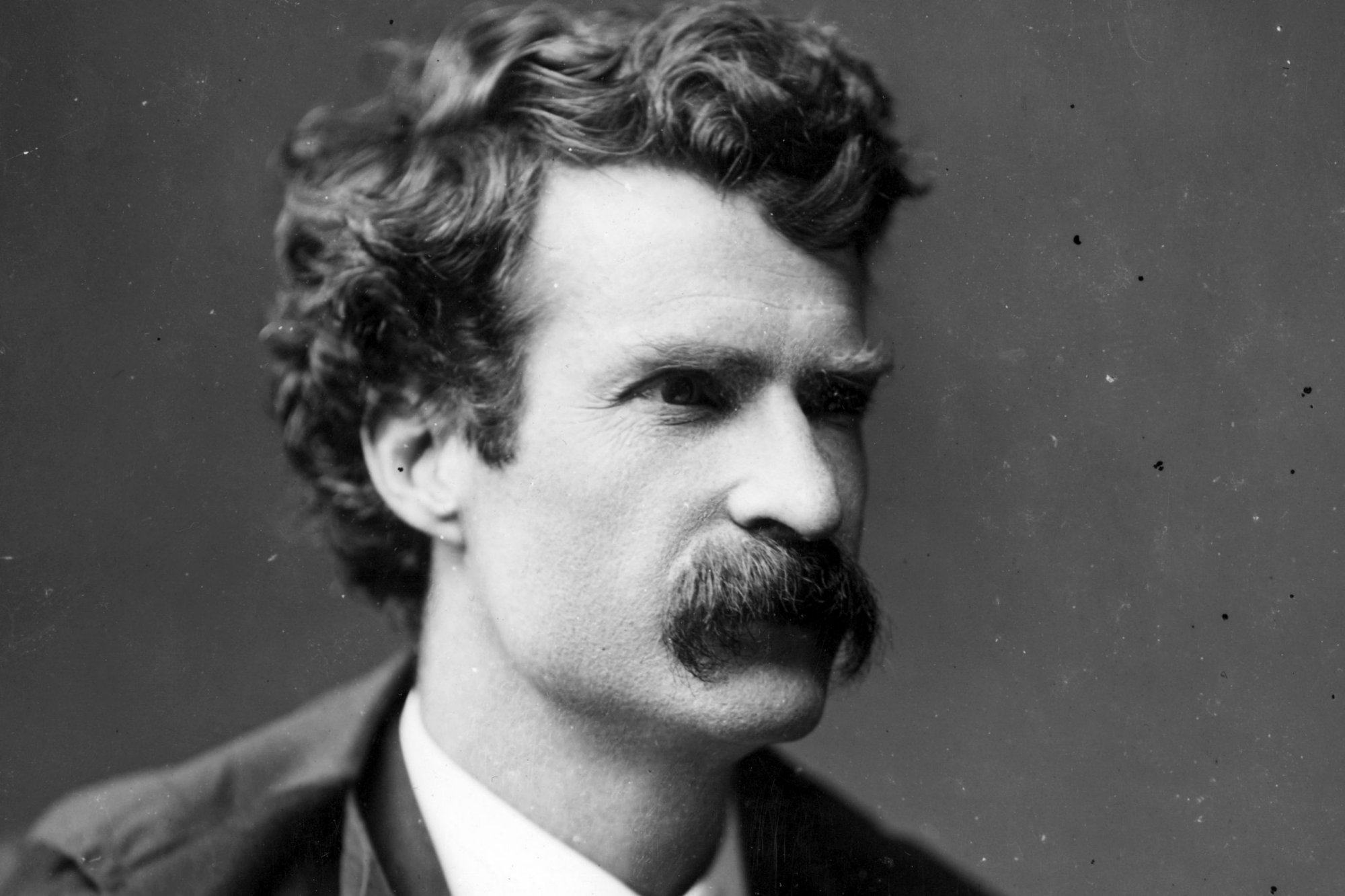Astrophysicist Neil deGrasse Tyson, the most prominent public defender of science education and funding, frequently comes in for some good-natured ribbing for his genial pedantry, ascension to Carl Sagan’s unofficial spokesmanship, and downgrading of the beloved Pluto from planet status. But he takes it all in stride. As another science communicator, Phil Plate the “Bad Astronomer,” has written, “The man is brilliant, charming, a pillar of science education, and a glutton for punishment. But I think he secretly revels in it.” If you follow Tyson’s Twitter account and watch him engage with cranks, or if you’ve seen him in any of the hundreds of public debates and panels he attends, it seems he more than revels in it; he’s totally in his element, so to speak, publicly modeling the mix of confidence, humility, and curiosity that drives science forward.
In the video above, Tyson dares to try and fill the shoes of another great communicator—and no, I don’t mean Ronald Reagan, but the president whose most famous speech Charles Sumner called “a monumental act.” And though Abraham Lincoln was not nearly as comfortable in front of an audience as Tyson is, Lincoln’s Gettysburg Address set the bar for how to get a point across with the maximum amount of eloquence and minimum of redundancy and rambling. Can Tyson deliver the goods like Lincoln did with only 272 words to work with? Is the attempt to “reply” to the “Gettysburg Address” an act of hubris or the ultimate tribute? Decide for yourself as you listen to Tyson’s April, 2015 acceptance speech at the National Academy of Science for the Public Welfare Medal, the Academy’s “most prestigious award.”
Tyson’s speech has been enhanced with a dramatic animation and sound effects for a technological impact Lincoln never could have achieved, though by most accounts he didn’t need it. Not a solemn occasion like Gettysburg, the awards ceremony nonetheless called for at least a little pomp, as well as some history. Tyson points out that “during the bloody year of his Gettysburg Address, President Lincoln chartered the National Academy of Sciences.” For more of that story, see the short video above, where you’ll learn, among other things, that Lincoln was the first and only American president to hold a patent on a scientific invention.
Related Content:
Neil deGrasse Tyson Puts Bill Gates’ Wealth into Funny Perspective
Josh Jones is a writer and musician based in Durham, NC. Follow him at @jdmagness


